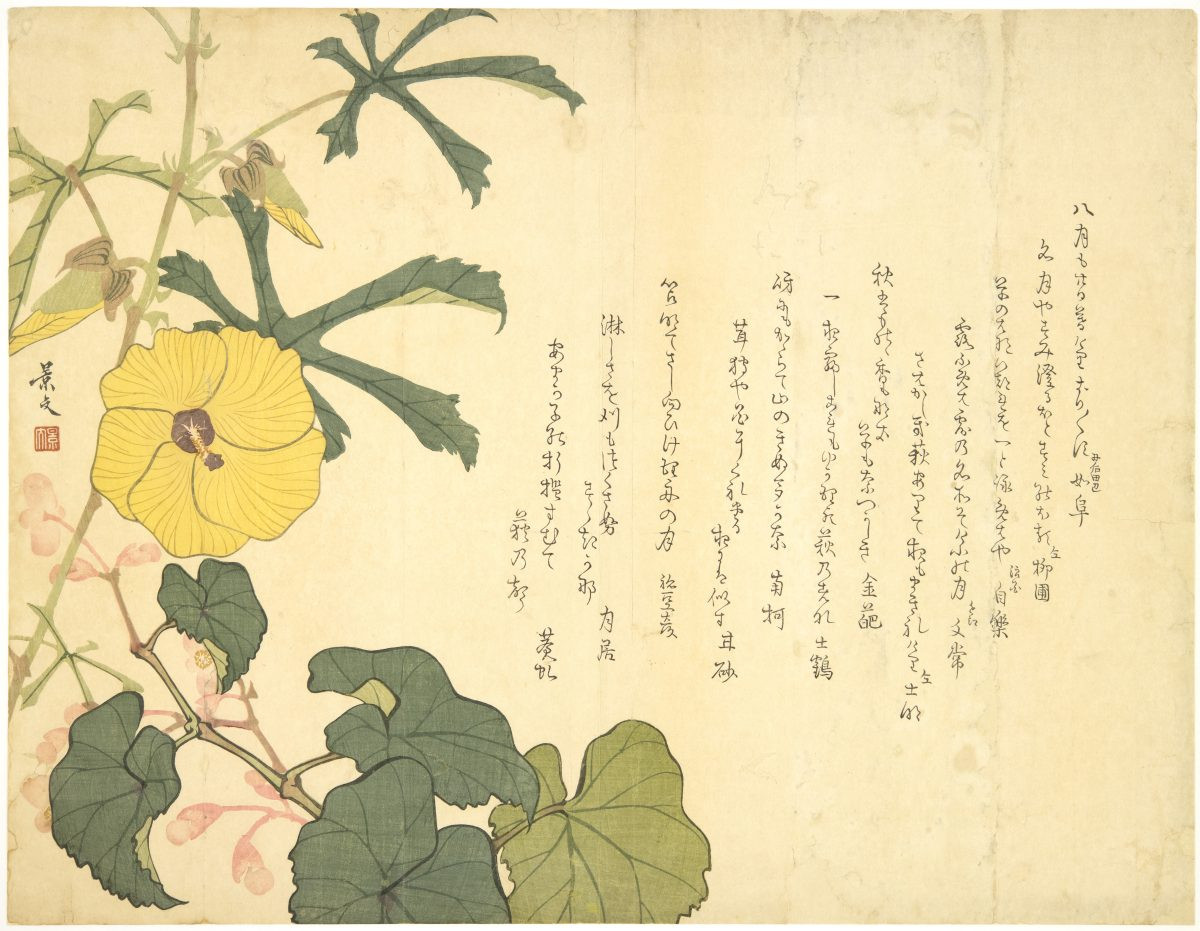
City life and salon culture in Kyoto and Osaka, 1770-1900

Kyoto and Osaka in the Edo period (1603-1868) were the major cities of Japan along with Edo, present-day Tokyo, the seat of the Tokugawa shogunate. Two distinctive cities – Kyoto as the imperial capital and Osaka as the centre of national commerce – were key locales of ‘salon culture’ from the late 18th to 19th centuries. ‘Salons’ here refers to diverse types of groups and gatherings formed around artistic, literary and scholarly interests and hobbies, which were, as research thus far suggests, open to a wide range of people transcending boundaries of social status, gender, age, school, national geography and, sometimes, nationality. In the British Museum’s Japanese collection, books and prints produced from activities of haiku poetry circles and paintings created by multiple artists in collaboration are noteworthy and provide useful information for understanding this fascinating cultural phenomenon. The talk will coincide with the special display of the same title in the British Museum’s Mitsubishi Corporation Japanese Galleries (until March 2025), and the ‘Tanzaku’ exhibition organised by the Sainsbury Institute and MORIS, Kobe (17-25 July).